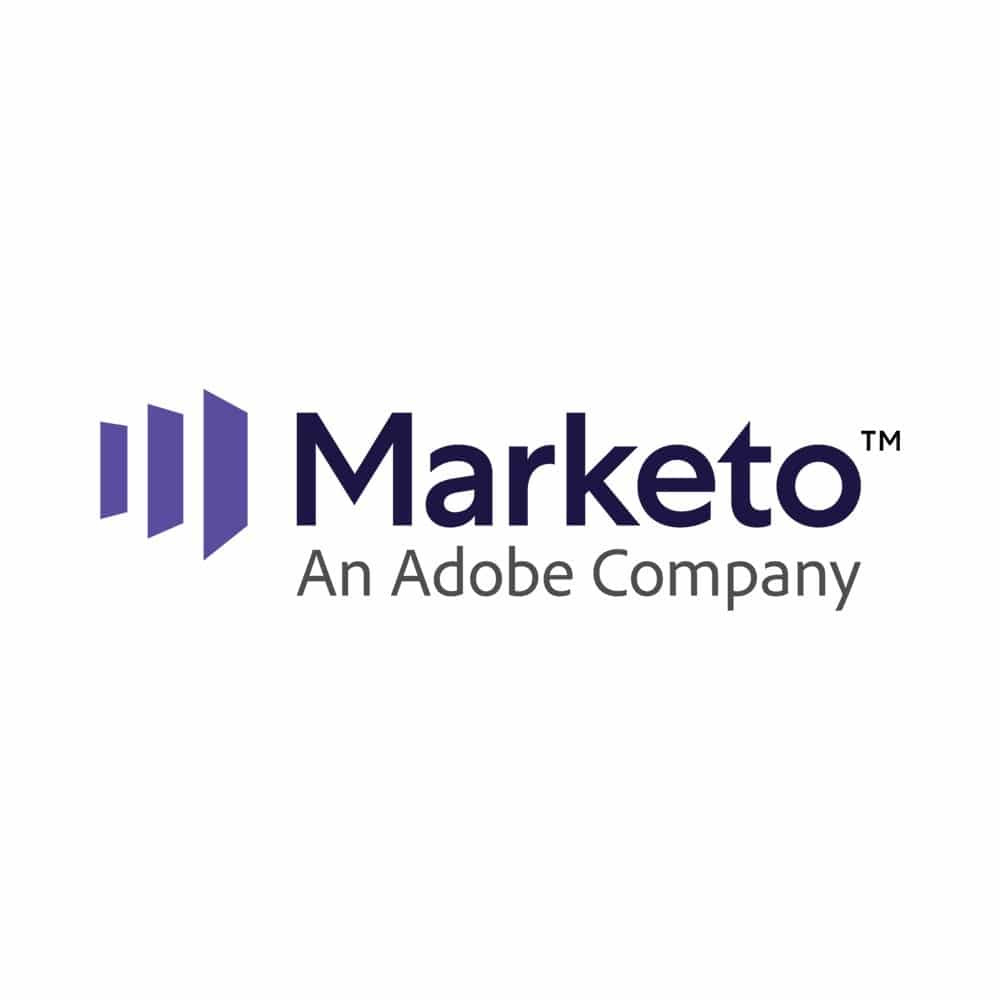After being a little disappointed with the lack of mentions for B2B in the opening keynote, I was keen to hear about the future for Marketo as part of Adobe.
Marketo was initially positioned as having three main areas: lead management, attribution and ABM, and a company that started mid-market, moved up, whereas Adobe was the opposite: starting as Enterprise and moving down. The Adobe Experience Platform, the complementary functionality and the Sensei were all positioned as good reasons why Marketo and Adobe are such a good fit. This, and the resources brought by Adobe means that Marketo’s developers can do “more, faster”.
There were two key areas that were discussed. ABM was the first: and presented as something marketers find hard. Sales people, however, have always thought of accounts, so don’t think anything is new. A key point was that if you get ABM wrong, you get it wrong spectacularly: sending healthcare information to an engineering account is obviously very bad.
What’s the goal? Well for ABM, Adobe is aiming to create “the first end-to-end B2B ABM tool”. That’s a pretty big ambition!
One area that Marketo can address with Adobe is accounts where you don’t have a lead: Marketo is bringing in data from LinkedIn, the MS Office Graph and other sources to be able to target accounts. As trailed in the keynote, account-based targeting on LinkedIn will be launched. There are also partnerships with ABM partners such as Demandbase to deliver messages across the internet and and Drift to bring conversational ABM.
Marketo has a reputation for complexity, and the speaker from Marketo didn’t do anything to change this perception; explaining that spelling mistakes in campaigns he runs have to be fixed by the creative team, and requires a Jira ticket. Adobe is going to allow publishing of content directly to Marketo from Creative Cloud, and also the use of the asset manager using AEM. Even if you are not an Adobe Experience Manager customer, you’ll have a lightweight version available as part of Marketo. By simplifying, Adobe hopes to break down the different content silos that currently make Marketo campaigns slower and more cumbersome.
AI was defined as a tool to help marketing teams get to decisions faster in a particular situation. This is a great definition and will be implemented by helping marketers segment audiences and communicate with the right contacts at the right time. As well as identify what content is working and personalise it; determine how to attribute RoI to activities; and finally to create customer journeys, including adaptive journeys.
Perhaps the most useful thing that the acquisition of Marketo by Adobe brings to marketers is the ability to bring data together. A simple example would be trying to understand account-based website traffic: it’s hard with conventional tools to work out whether there is more or less traffic from a particular account or target.The partnership wit Bizzable was cited as particularly important, with the ability to understand ROI across a greater number of channels.
One piece of good news was that, for Marketo customers using paid media, there is not a requirement to sign up to Adobe Advertising Cloud: AdBridge will continue to be supported. Overall, in fact, this session seemed to be aimed at people who, like me, were a little concerned about the focus on B2C in the keynote. Marketo is clearly now only a small part of Adobe, but the good news is that there is no signs of it being abandoned. In fact it’s pretty clear that investment will be increased in the next few years.

